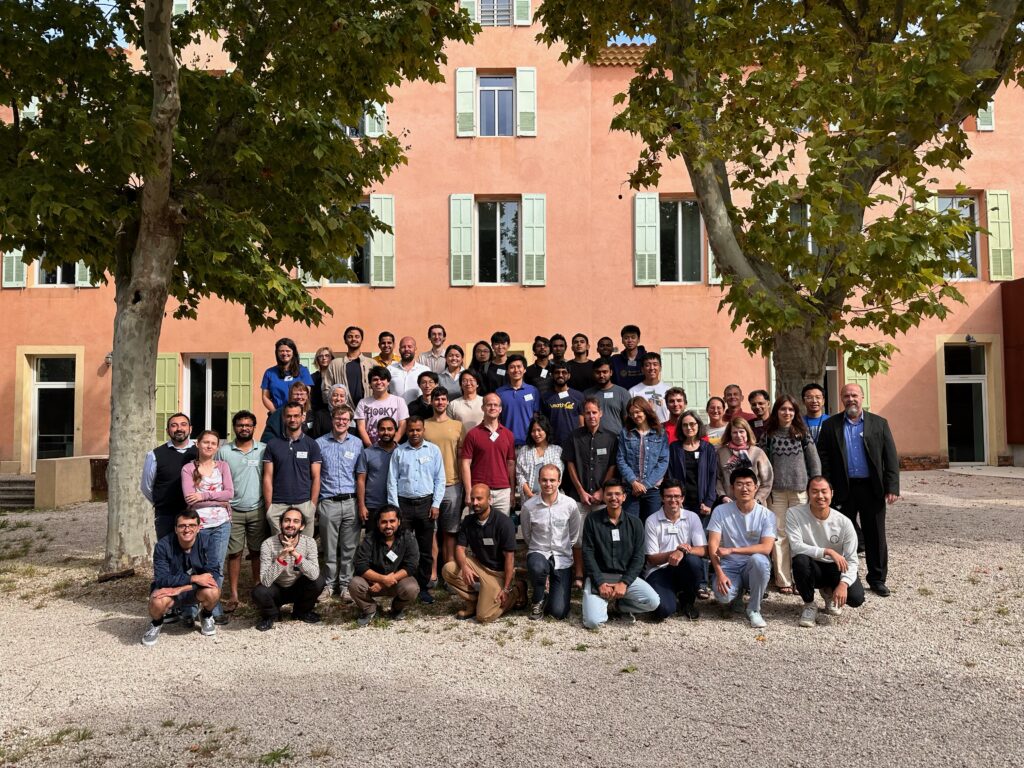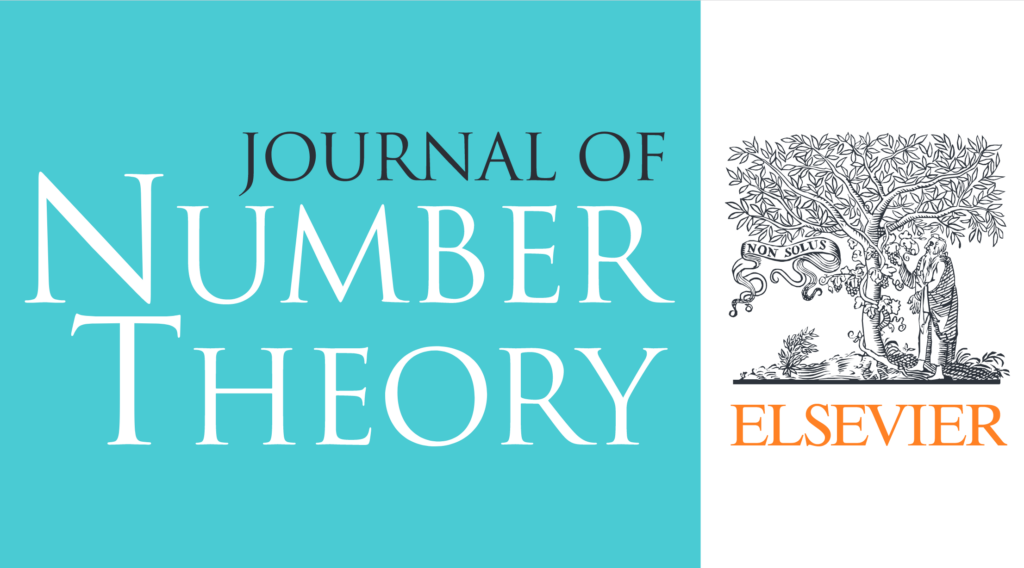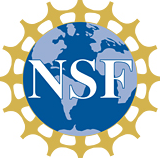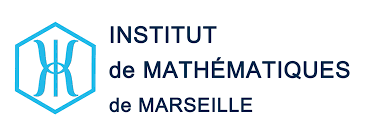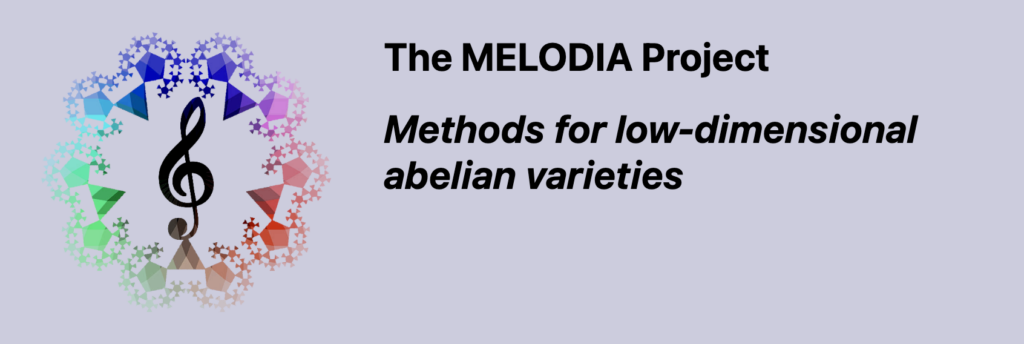FORTNIGHT EVENT
Building Bridges: 6th EU/US Summer School & Workshop on Automorphic Forms and Related Topics (BB6)
École et Atelier sur les formes automorphes et interactions
Dedicated to Lynne Walling, spiritus movens of all BB conferences.
2 – 13 September, 2024
Scientific Committee
Comité scientifique
Giuliana Davidoff (Mount Holyoke College)
Min Lee (University of Bristol)
Kathrin Maurischat (Heidelberg University)
Fredrik Stromberg (University of Nottingham)
Organizing Committee
Comité d’organisation
Samuele Anni (Aix-Marseille Université)
Jim Brown (Occidental College)
Jay Jorgensen (The City College of New York)
Almasa Odzak (University of Sarajevo)
Lejla Smajlovic (University of Sarajevo)
RESEARCH SUMMER SCHOOL
2 – 7 September 2024
CONFERENCE
9 – 13 September 2024
Automorphic forms are present in almost all areas of modern number theory. Over the past few decades, there has been an explosion of activity and progress in this vast field, leading to exciting new directions of research, new applications, and connections to other fields. The Building Bridges conferences are a central element in this evolution of the subject. The Building Bridges conference is an international biennial event, the 2024 edition will be the sixth. These meetings, which last two weeks, consist of a summer school, followed by a one-week workshop.
Each summer school consists of three 2-day mini-courses, taught by teams of internationally renowned researchers. The courses are given by pairs of teachers- made up of a European and an American researcher, giving meaning to the idea of a bridge between the research carried out in the two continents.
Les formes automorphes sont présentes dans presque tous les domaines de la théorie des nombres moderne. Au cours des dernières décennies, il y a eu une explosion d’activité et de progrès dans ce vaste domaine, menant à de nouvelles directions de recherche intéressantes, à de nouvelles applications et à des connexions avec d’autres domaines. Les conférences Building Bridges sont un élément central dans ce cadre d’évolution du sujet. La conférence Building Bridges est un évènement biennal international, l’édition 2024 sera la sixième. Ces rencontres, qui durent deux semaines, consistent en une école d’été, suivie d’un atelier d’une semaine.
Chaque école d’été se compose de trois mini-cours de 2 jours, enseignés par des équipes de chercheurs et chercheuses de renommée internationale. Les cours de l’école sont donnés par des binômes constitués d’un enseignant européen et d’un enseignant américain, donnant sens à l’idée d’un pont entre les recherches effectuées dans les deux continents.
RESEARCH SUMMER SCHOOL
2 – 7 September 2024
Formes automorphes et fonctions L : Concepts de base
Abhishek Saha (Queen Mary University of London)
Ralf Schmidt (University of North Texas)
Cette partie de l’école d’été exposera les étudiants à plusieurs idées fondamentales de la théorie des formes automorphes, illustrées par des exemples. Nous commençons par la définition même des formes automorphes sur G(A), les points adéliques d’un groupe algébrique réducteur G. Pour des G spécifiques nous faisons le lien avec des objets clas- siques, par exemple les formes modulaires Siegel. Nous introduisons les représentations automorphes, le groupe L et les fonctions L, et expliquons la conjecture de fonctorialité régissant les relations entre les formes automorphes sur différents groupes. Enfin, nous abordons les aspects analytiques des fonctions L, comme l’hypothèse de Riemann géné- ralisée, la sous-convexité et les applications à l’équidistribution.
CONFERENCE
9 – 13 September 2024
There will also be several awareness round tables on themes of social interest.
L’atelier est organisé de forme très dynamique et est bien connu et bien reçu par les experts. Le format de la conférence est spécial : il n’y a pas des conférenciers invités, mais le temps est partagé équitablement entre tous les orateurs, suite à l’avis du comité scientifique. L’objectif est de promouvoir les jeunes chercheurs et chercheuses en leur laissant le même temps pour présenter leurs recherches qu’aux scientifiques confirmés du domaine.
Il y aura également plusieurs tables rondes de sensibilisation sur des thèmes d’intérêt social.



